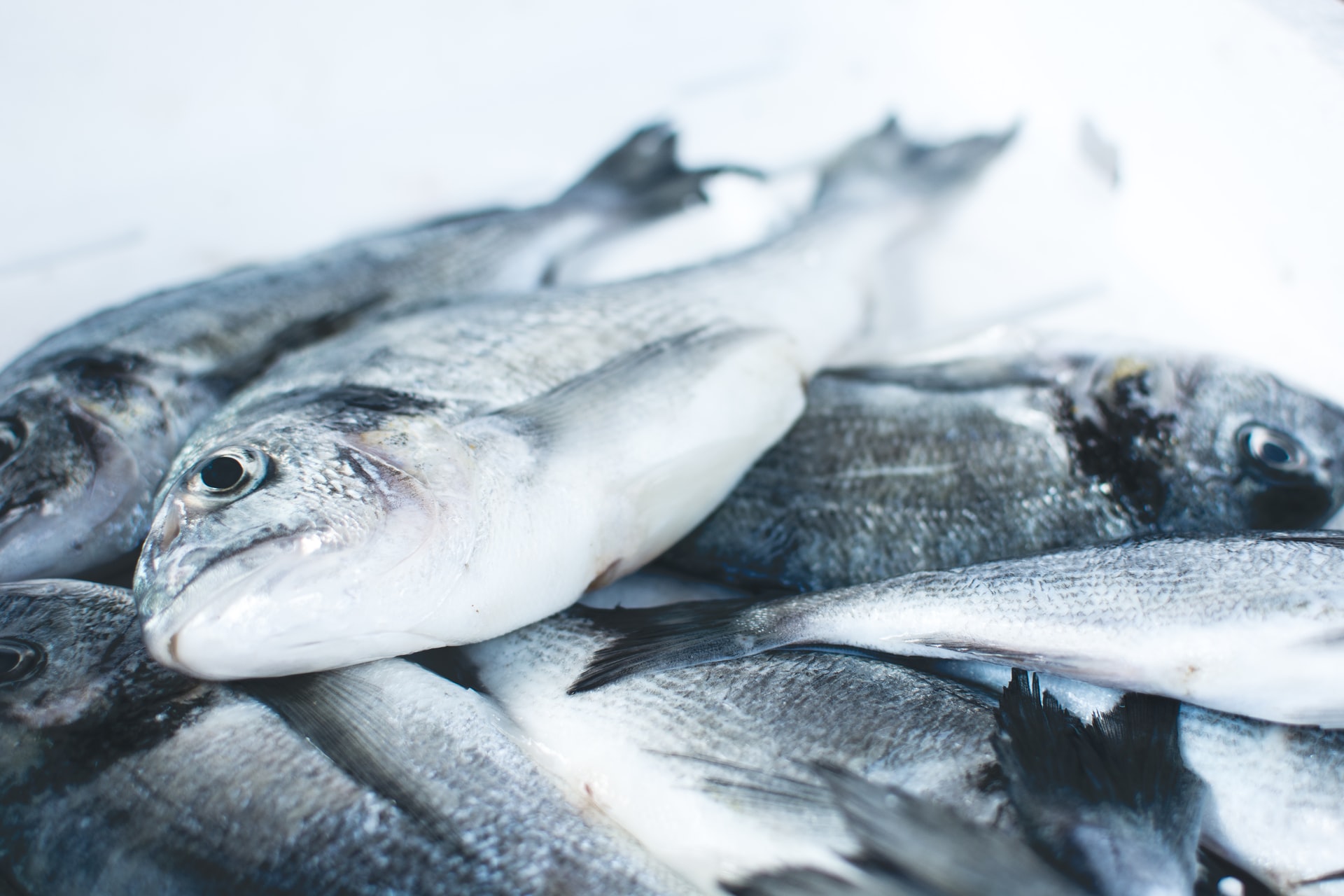Can it be done? When it comes eating fish and seafood, we can definitely make choices that have less of an impact on our oceans and rivers.
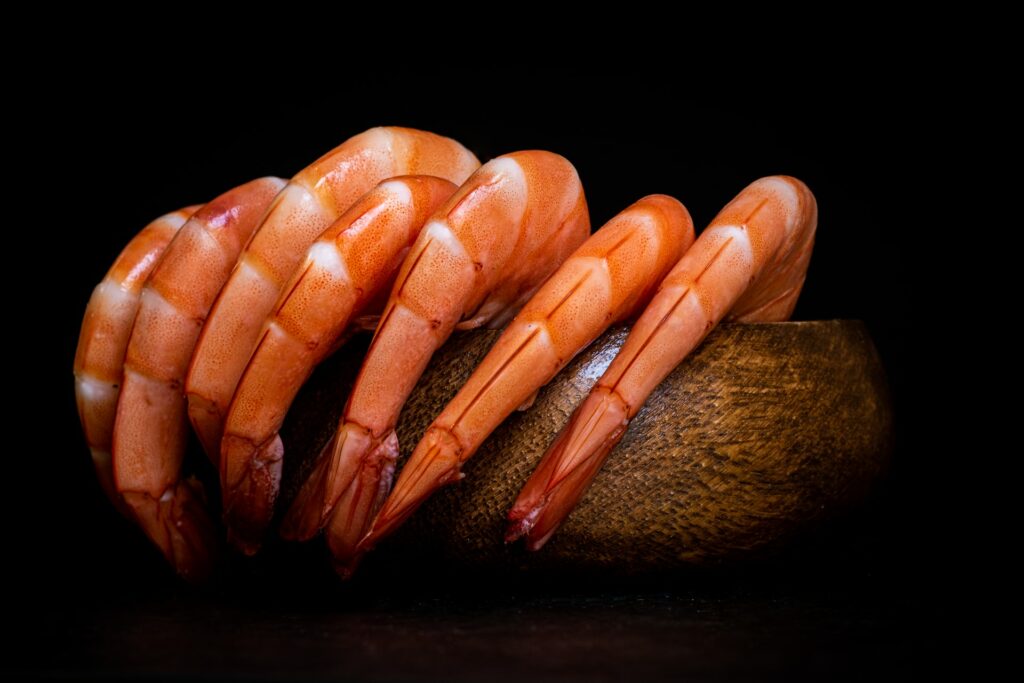
Is eating seafood sustainable?
For many communities around the world, fish is a diet staple that people rely upon. But for others, particularly people in developed countries, fish and seafood are parts of an extensive diet – and in these places, eating fish is increasingly considered to be unsustainable.
One reason for this is the vast quantities in which many species are caught – known as ‘overfishing’.
The methods used are also a problem, causing – amongst other things – pollution and the death of non-target species in nets or longlines (bycatch). The distances seafood is transported also contributes to the industry’s carbon footprint.
Read more about biodiversity loss.
Not everyone can or wants to cut out fish completely, but many of us can make more informed decisions. Here are some useful ways to start being a more conscious consumer.
Choose ‘green’ species
What to eat and avoid might differ depending on where you are in the world. Look for local resources to help guide you.
WWF’s Southern African Sustainable Seafood Initiative (SASSI) List organises fish into three categories: green (best choice), orange (think twice) and red (don’t buy).
Some species might be every colour, depending on where and how they’re caught – for example, skipjack tuna is green if it’s caught with a pole and line in the western Pacific, but red if it’s caught in gill nets in the Indian Ocean.
The UK’s Good Fish Guide uses the same categorisation system.
Monterey Bay Aquarium’s Seafood Watch search tool shows whether a fish species is the best choice, certified, a good alternative or something to avoid.
The Marine Stewardship Council (MSC)’s blue label appears in more than 100 countries, which can also be a useful indication of what to buy.
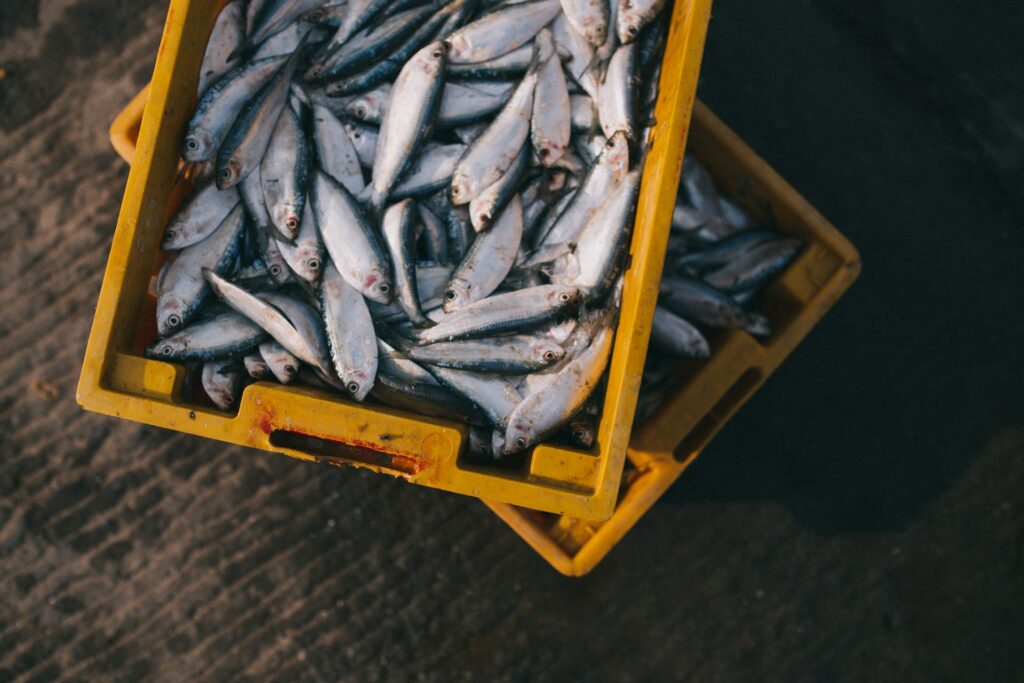
Buy local
Generally, locally sourced fish and seafood are better than produce from halfway around the world because it hasn’t travelled as far and, as such, will likely have a smaller carbon footprint.
Visit your nearest fishmonger or market for fresh fish and seafood, and to support small, local businesses.
You should still check the details – the fishing methods may be harmful to other species, for example. Line- or pole-caught is generally best. A fishmonger will usually know exactly where their fish has come from and how it was caught.
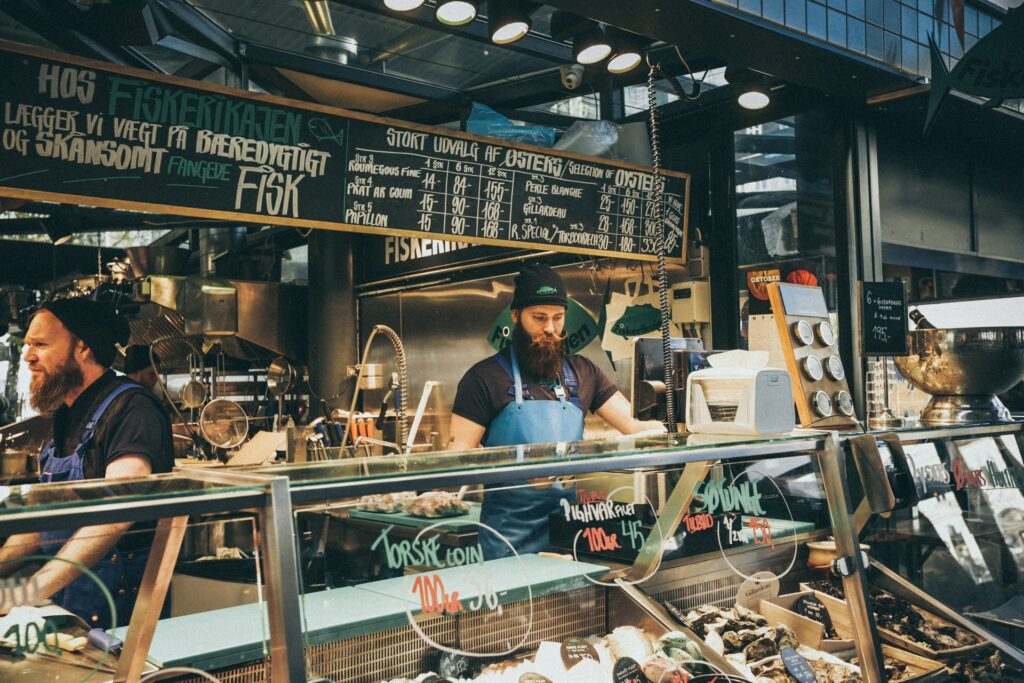
Swap species
As with most sustainability issues, the key is to reduce consumption.
But when you’re in the market for seafood, one way to buy better is to find alternatives to the most fished species.
For example, the UK’s Marine Conservation Society has helpfully suggested five swaps to reduce pressure on the most popular species:
- Cod –> European hake.
- Tuna –> Sardines from UK’s southwest.
- Prawns –> Rope-grown mussels or farmed scallops.
- Salmon –> Farmed rainbow trout from UK freshwater ponds.
- Haddock –> Plaice from the North Sea.
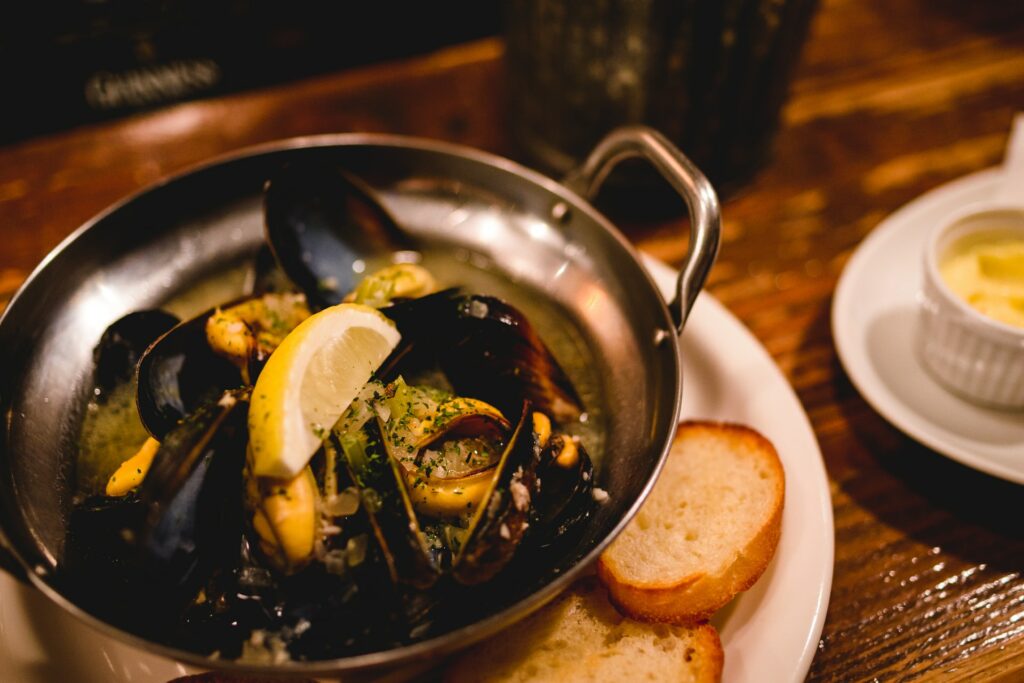
Stay healthy
If you’re cutting out or reducing fish in your diet, make sure you replace the good stuff – for example, Omega-3 fatty acids. Try adding some Omega-3-enriched eggs to your diet if you’re cutting down on fish such as salmon or tuna. You can also get Omega-3 (though a different type) in foods such as walnuts, flaxseeds, kale, spinach and tofu.
Consult your doctor and/or a registered dietitian before making major changes to your diet.
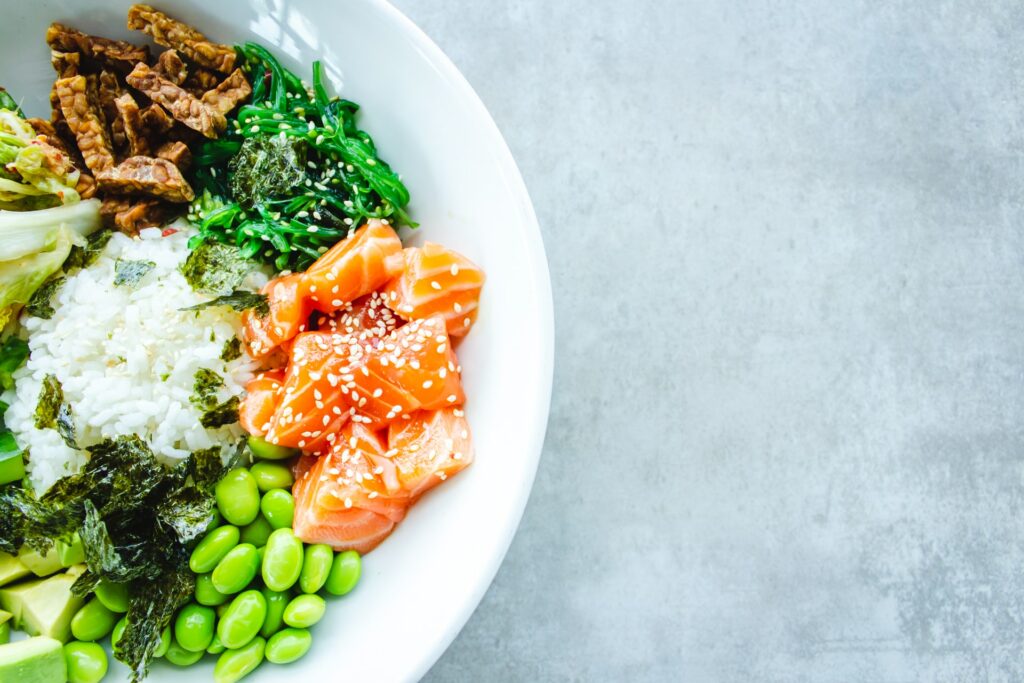
Sources
Marine Conservation Society, The Good Fish Guide
Marine Conservation Society, What makes seafood unsustainable?
Marine Stewardship Council, 10 reasons to choose the blue fish label
Monterey Bay Aquarium, Seafood Watch
WWF SASSI, The Southern African Sustainable Seafood Initiative

